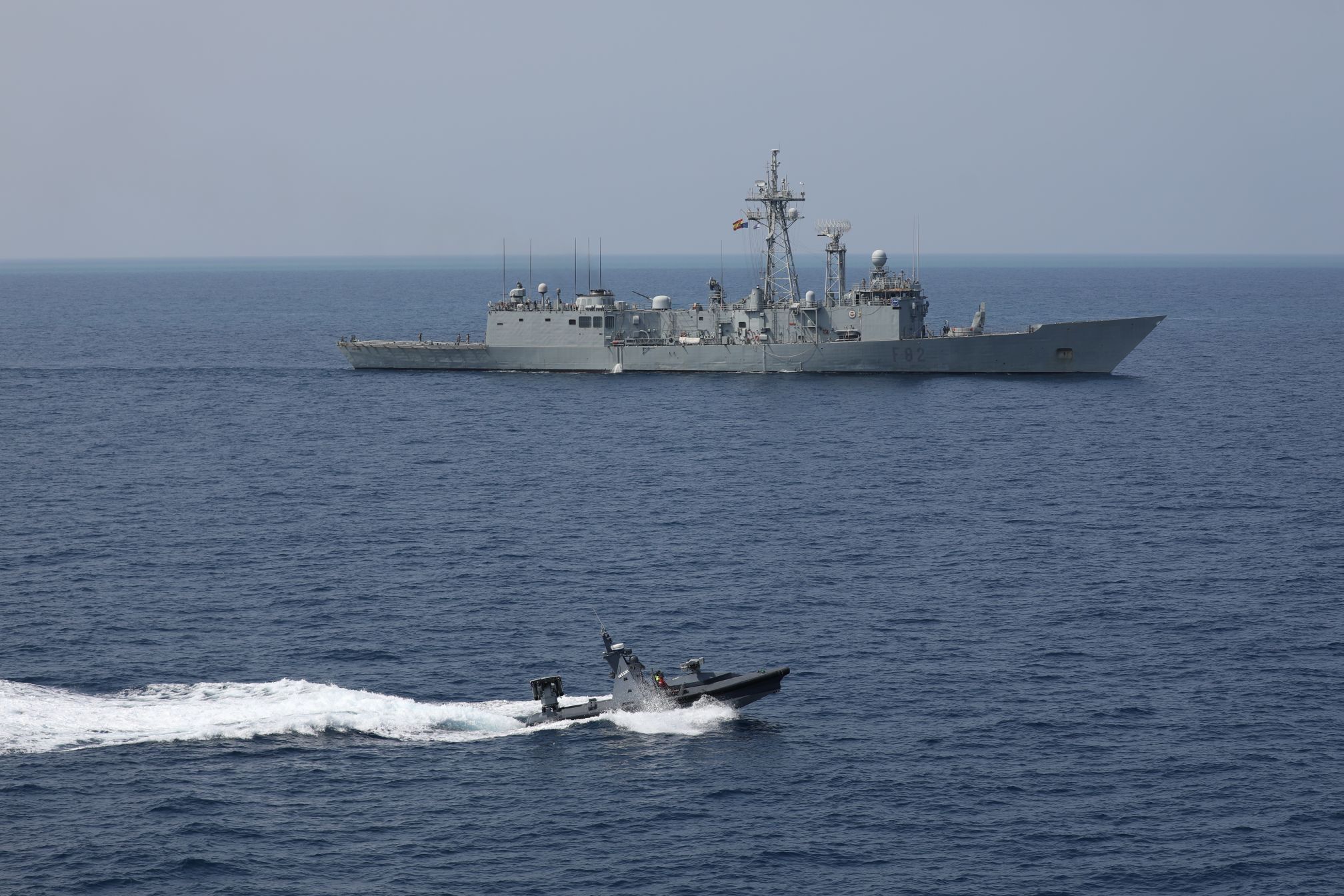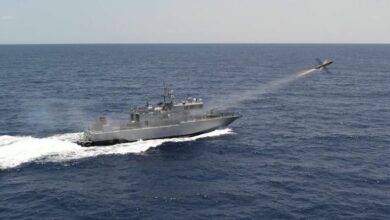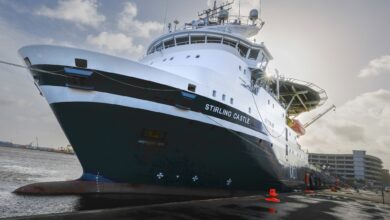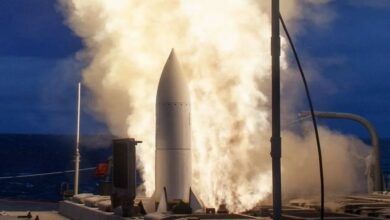NATO and Rafael carry out unmanned surface vehicle missile exercise off Israeli coast
Rafael Advance Defense Systems and NATO carried out joint training of the Protector unmanned surface vehicle off the Israeli coast this month, demonstrating the USV’s capabilities against naval swarm threats, the company said.
The exercise involved a simulated swarm attack by a number of hostile vessels against an unidentified NATO ship, Rafael said in a Tuesday, June 6 press release. The ship reported back to headquarters, and the Protector USV identified and “neutralized” the threat from a long distance.
The Protector simulated the firing of a Spike missile at the threat, the company said.
Rafael developed the Protector in response to maritime terrorist threats, and it has been in use since 2004. The first successful Spike missile tests were announced in March 2017, the first-ever missile firing from an operational, remote-controlled USV.
This new capability allows pin-point attack of land or naval targets, enabling safe vessel operation from , with no risk to the operating force, from a remote command and control room or from aboard other naval platforms, the company said.
The USV is based on a 9-meter (30-foot) rigid inflatable boat and designed for force protection, counter-terror, surveillence and reconnaissance and mine and electronic warfare. It is equipped with a Mini-Typhoon remotely controlled integrated weapons system and electro-optic surveillence and targeting system. The USV can be operated from shore or a manned vessel against land or naval targets.
The Protector has four variants, including the AT/FP equipped with a high-pressure water cannon system for securing marine, offshore and coastal assets; the EW, for use against radars and anti-ship missiles; and the SSM with integrated Spike-ER surface-to-surface missile launcher.
Unmanned surface vehicles
UAS, or remote-control surface vehicles, are designed to increase operational capability with minimal threat to a ship’s crew.
Originally developed for maritime scientific research in the 1990s, there is an increasing interest in USV for military use, including harbor security and mine-sweeping as well as littoral and other offensive operations.
The recent focus on naval swarm threats, including drone swarms, has further pushed the development of USV. Last week Chinese state media published video of a swarm of 56 unmanned boats coordinating a set of maneuvers near the Wanshan islands south of Hong Kong. Global Times confirmed on Monday that Chinese manufacturer Yunzhou Tech is developing unmanned boats swarm technology for the Chinese military.











